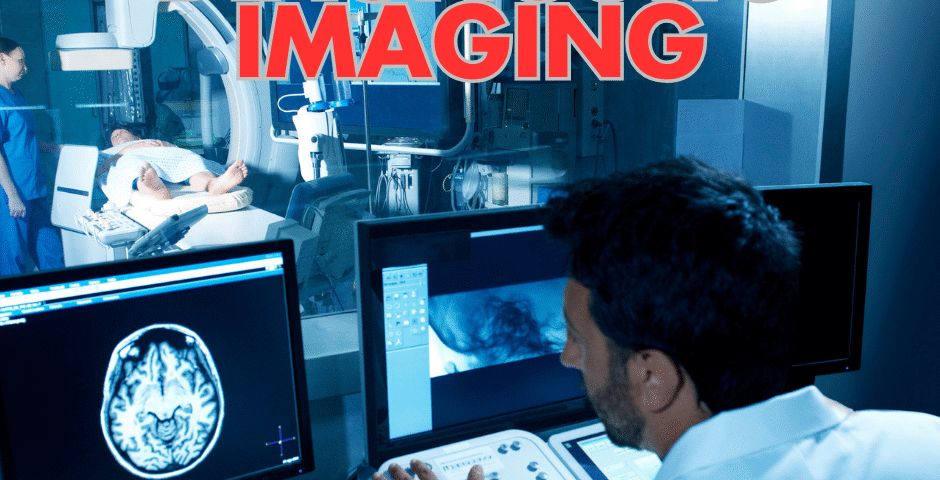Common Diagnostic Imaging Findings After an Accident

What is Nerve Flossing for Carpal Tunnel Syndrome?
May 27, 2025
Link Between Color and Car Accidents
May 27, 2025- Accident doctor
- accupuncture
- airplane headache
- alzheimer's
- best habits
- Brain Injuries
- car accident
- car accidents
- cervical strain
- colds
- concussion
- Concussions
- disc bulge
- dosage meds
- dry needling
- dull pain
- E bike injuries
- florida
- good posture
- headaches
- Headrest positions
- Headrest positions after an accident
- Healthy choices
- Healthy flying
- healthy gift guide
- Healthy SPring Ideas
- hip pain
- hyperextension
- injury doctor
- insurance
- Kayaking
- kentucky
- kids motion sickness
- lifestyle
- motion sickness
- neck injury
- no fault insurance doctor
- noise healing
- osteoporosis
- pain symptoms
- pink noise
- posterior chain
- posture
- prevent osteoporosis
- Rest
- Scoliosis
- shoulder pain
- Stress with kids after a motor vehicle accident
- TBI
- tips
- tmj
- torn muscle
- Traumatic Brain Injury
- trigger points
- VitaminD
- What are Post Traumatic headaches?
Common Diagnostic Imaging Findings After an Accident
Car accidents can be sudden and traumatic experiences, even low-speed collisions can cause more damage than one may expect. The force of impact places enormous stress on the musculoskeletal system, often resulting in injuries to the spine, soft tissues, joints, and nerves. While some injuries are immediately obvious, others may not show symptoms for hours or even days. That is why diagnostic imaging like X-rays and Magnetic Resonance Imagings (MRIs) are so important after an accident. Whether it is neck pain, back discomfort, headaches, or just feeling “off,” diagnostic imaging can help identify underlying injuries and indicate any appropriate follow up. Dr. Deryk Harting of Chambers Medical Group, one of the highest rated car accident medical care facilities in Florida, discusses below some of the most common findings seen on X-rays and MRIs following a motor vehicle accident.
X-rays are typically the first imaging tool used after an accident. They are fast, widely available, and effective at detecting many skeletal injuries. Here is what they often show:
- Fractures (broken bones): Visible breaks in the bones of the spine, ribs, extremities, or pelvis.
- Spinal Misalignment (subluxation): Misaligned vertebrae that may result from the sudden forces of a crash.
- Loss of Normal Cervical Lordosis (“military neck”): A straightened neck curve often seen with car accident injuries and may indicate muscle spasms.
- Joint Space Narrowing or Widening: May indicate ligament damage or joint dislocation.
- Soft Tissue Swelling (indirect signs): X-rays may show swelling patterns that suggest injury to nearby bones, muscles, or ligaments.
- Dislocations or Subluxations: Misplaced joints, particularly in the shoulders, hips, or wrists.
- Avulsion Fractures: Small bone fragments pulled away by ligaments or tendons.
MRIs are often used to get a detailed view of soft tissues, discs, ligaments, and nerves. They are especially helpful when pain persists, but X-rays are unremarkable. Here are some frequent post-accident MRI findings:
- Disc Herniation or Bulging: Spinal discs can be injured by the impact, leading to nerve compression and pain.
- Spinal Cord Edema or Contusion: Swelling or bruising in the spinal cord, often indicating a serious injury.
- Ligament Tears or Strains: MRI can identify tears in spinal or joint ligaments that X-rays cannot detect.
- Muscle Strain or Hematoma: Muscle injury or bruising, common in seatbelt or airbag related trauma.
- Nerve Root Impingement or Compression: A pinched spinal nerve can cause radiating pain, numbness, tingling, or weakness.
- Facet Joint Injuries: Damage, inflammation, or swelling to the small joints in the spine that control movement.
- Bone Marrow Edema (bone bruise): Signs of recent trauma within the bone, not seen on X-rays. May also be signs of infection, inflammation, cancer, or other non-traumatic diseases.
- Joint Effusion: Fluid buildup in joints, often due to inflammation or internal bleeding.
- Hemorrhage or Internal Bleeding: MRI can spot bleeding in muscles or near the spinal cord.
- Torn Tendons or Labral Tears: Injuries to joints or muscles resulting from forceful movements during impact.
Many people walk away from accidents without visible injuries but begin experiencing pain or symptoms days later. Left untreated, injuries such as fracture, disc damage, or nerve compression can worsen over time, possibly leading to permanent pain and impairments. That is why it is important to get evaluated after an accident—even if it is “only minor.” Chambers Medical Group has medical professionals trained in post-accident care that can identify possible problems early and recommend imaging when needed.
— This article is written by Deryk Harting, DC, one of the members of Chambers Medical Group’s team of car accident chiropractors who offer a variety of treatments and therapies ranging from diagnostic testing to various soft tissue therapies for car accidents and injuries in Florida.
- Car Accident Medical Clinic in Tampa
- Car Accident Medical Clinic in Plant City
- Car Accident Medical Clinic in Brandon
- Car Accident Medical Clinic in Lakeland
- Car Accident Medical Clinic in Sarasota
- Car Accident Medical Clinic in Louisville
- Car Accident Medical Clinic in Lexington
- Car Accident Medical Clinic in Florence




